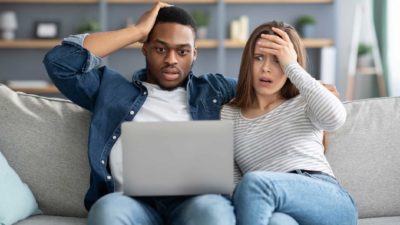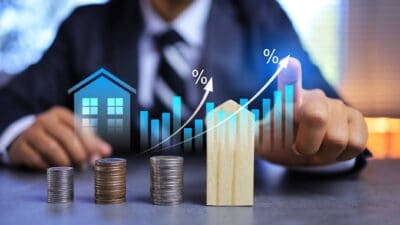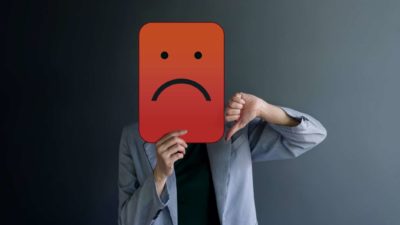It's no secret that we are in untrodden territory when it comes to interest rates. The Reserve Bank of Australia (RBA) has lowered rates 3 times in 2019, cutting the official cash rate from 1.5% to 0.75% throughout the course of this year. This has had many effects, notably both providing a floor under the housing market and ensuring that any bank savings account or term deposit yields less than the rate of inflation these days.
Because of this steep trajectory into record low rates, many commentators have been wondering if (or when) the RBA will move to the next level and start a program of what's known as 'quantitative easing' or QE for short.
What is QE?
Whilst the Australian economy has yet to experience QE, quantitative easing is not a new phrase in other countries like Japan, Europe and the United States (US). In fact, the US has been living under the yoke of QE since the financial crisis of over a decade ago.
It ostensibly involves the government (through the Central Bank) buying bonds (mostly government-issued) from the private market through the creation of liquidity. It's because of this that some people refer to QE as 'money printing'.
When a large buyer of bonds enters the market like this, it pushes the yield of those bonds lower – effectively acting in a similar way to an interest rate cut. The theory goes that as money becomes cheaper and more abundant, economic activity is increased.
A notable side effect of QE is it tends to push up the value of assets within the economy. As the yield you can get from risk-free investments (government bonds) falls, it increases the attractiveness of everything else by virtue. This is one of the reasons we have been seeing record high stock prices over in the US.
Is QE heading for Australia?
According to a report in the Australian Financial Review (AFR), RBA governor Dr Philip Lowe has hosed down speculation Australia is heading for QE.
Dr Lowe is quoted by the AFR as stating "Our current thinking is that QE becomes an option to be considered at a cash rate of 0.25 per cent, but not before that."
So it's a 'maybe sometime in the future' from Dr Lowe.
If Australia does see its own QE program, it's likely we can expect higher share markets, higher house prices and plenty of cash hoarding as the first obvious effects. Keeping money in the bank will get less and less attractive as interest rates fall and so keeping money under the mattress might see a resurgence.
Foolish takeaway
QE has fundamentally altered the investing landscape in countries where it has been employed, and I think we can expect to see the same if QE makes its way here. Whilst it seems unlikely that we will get our own 'Aussie QE' anytime soon, I reckon it's still well-worth keeping an eye on this space for now, especially if we get to a cash rate of 0.25%.








